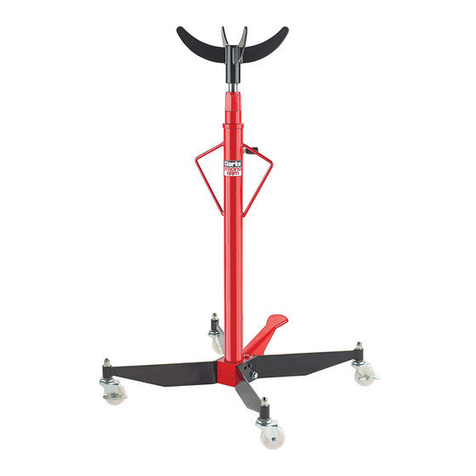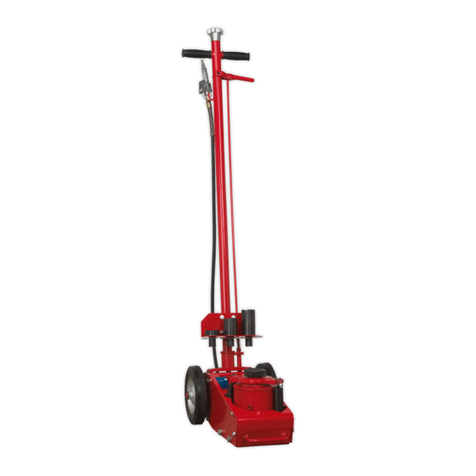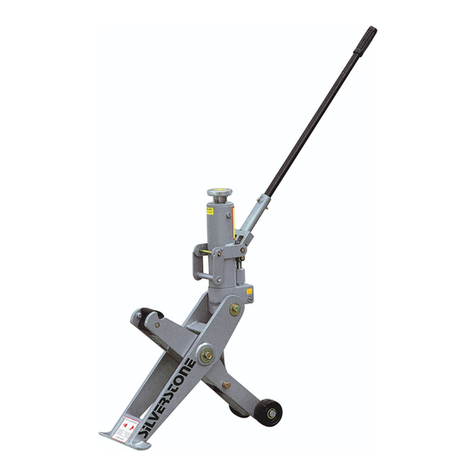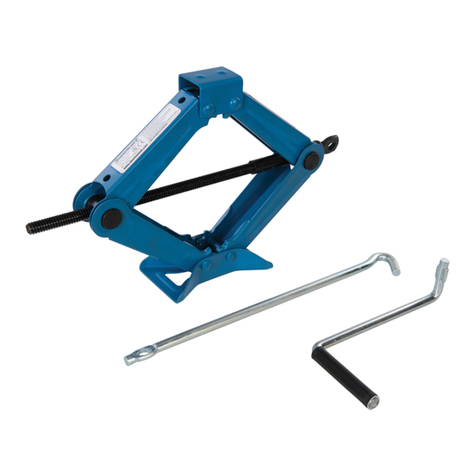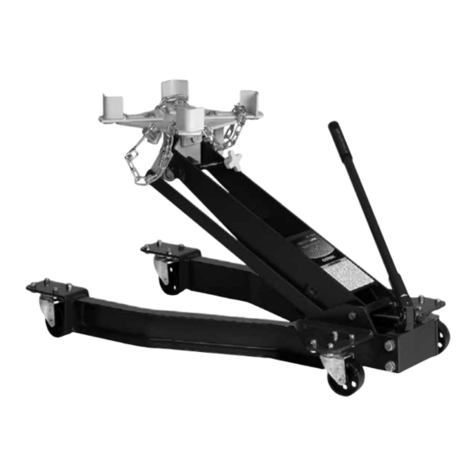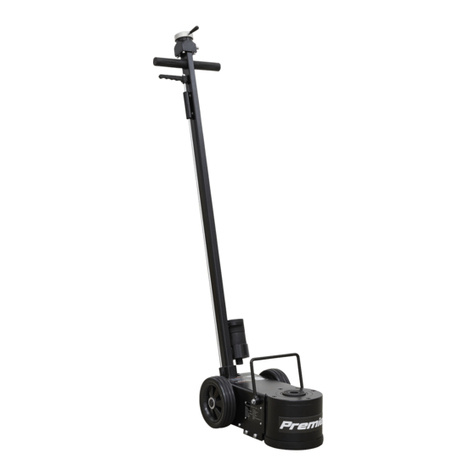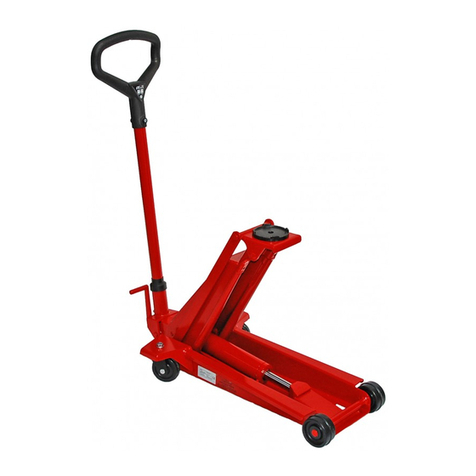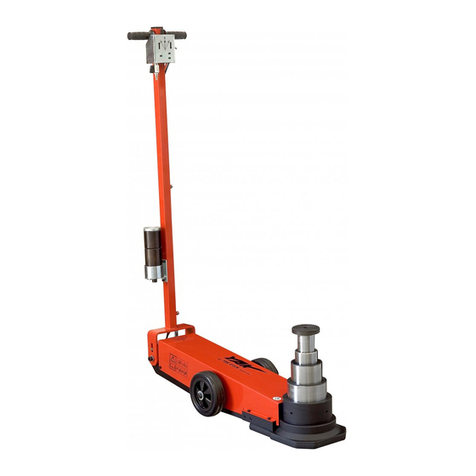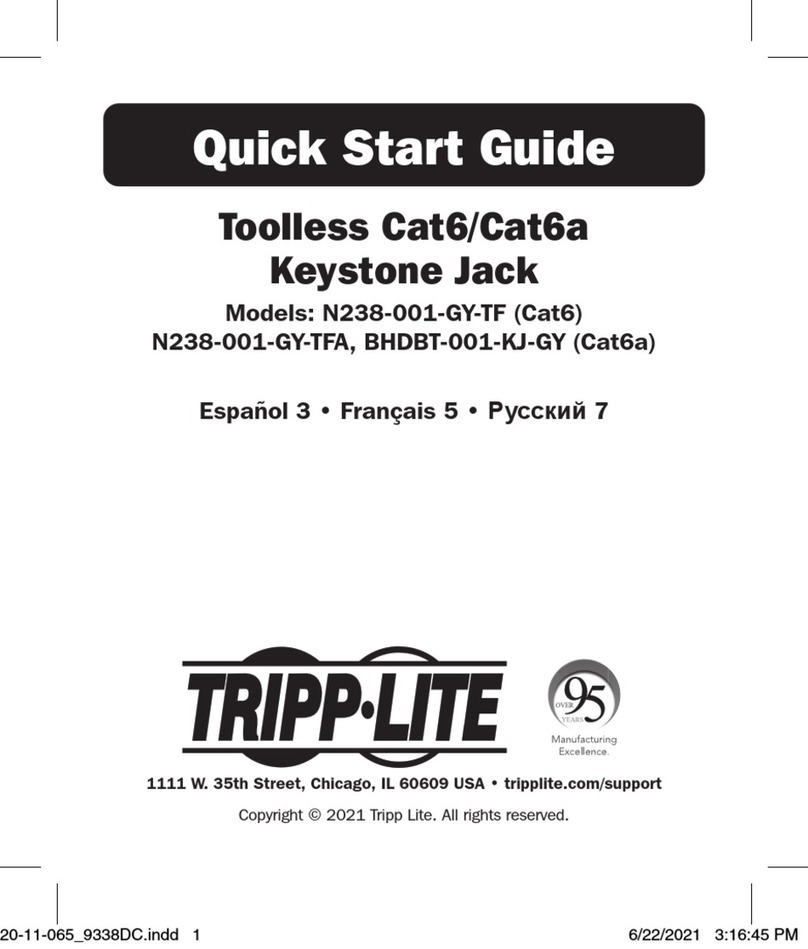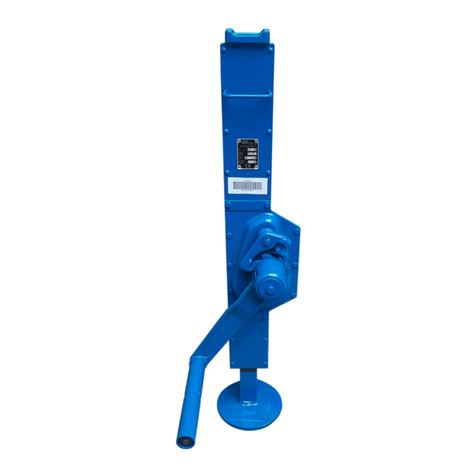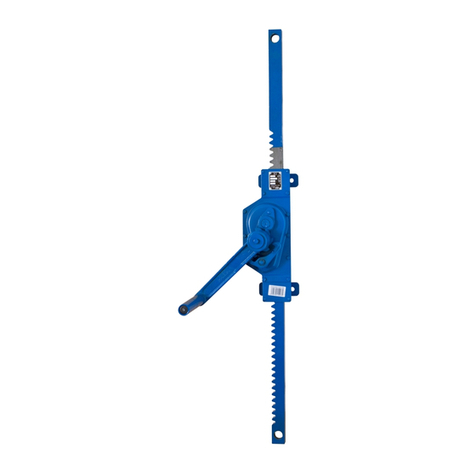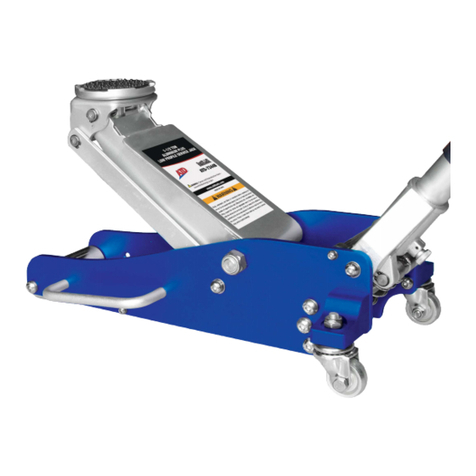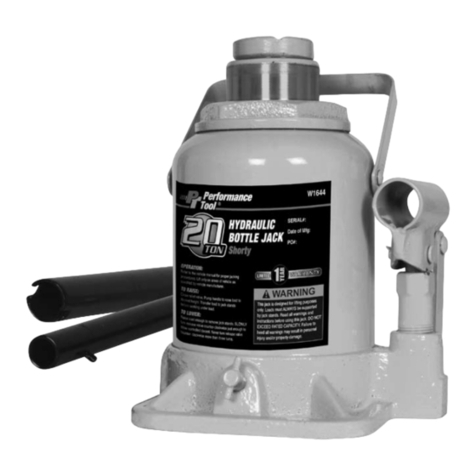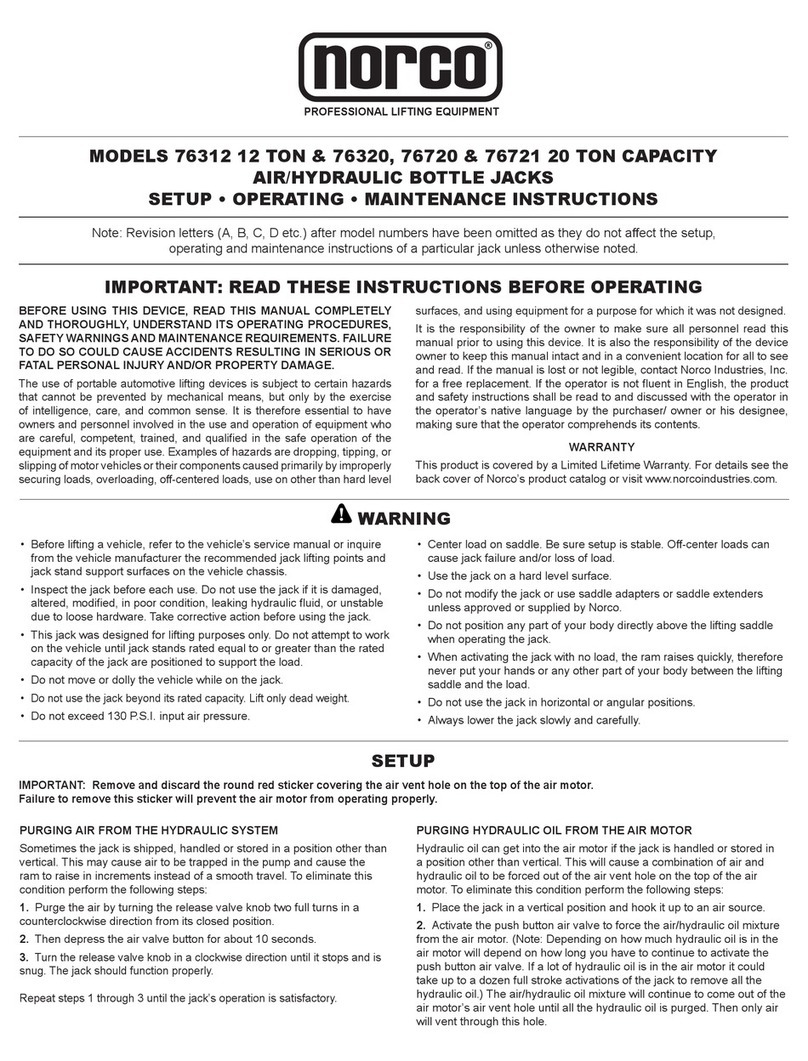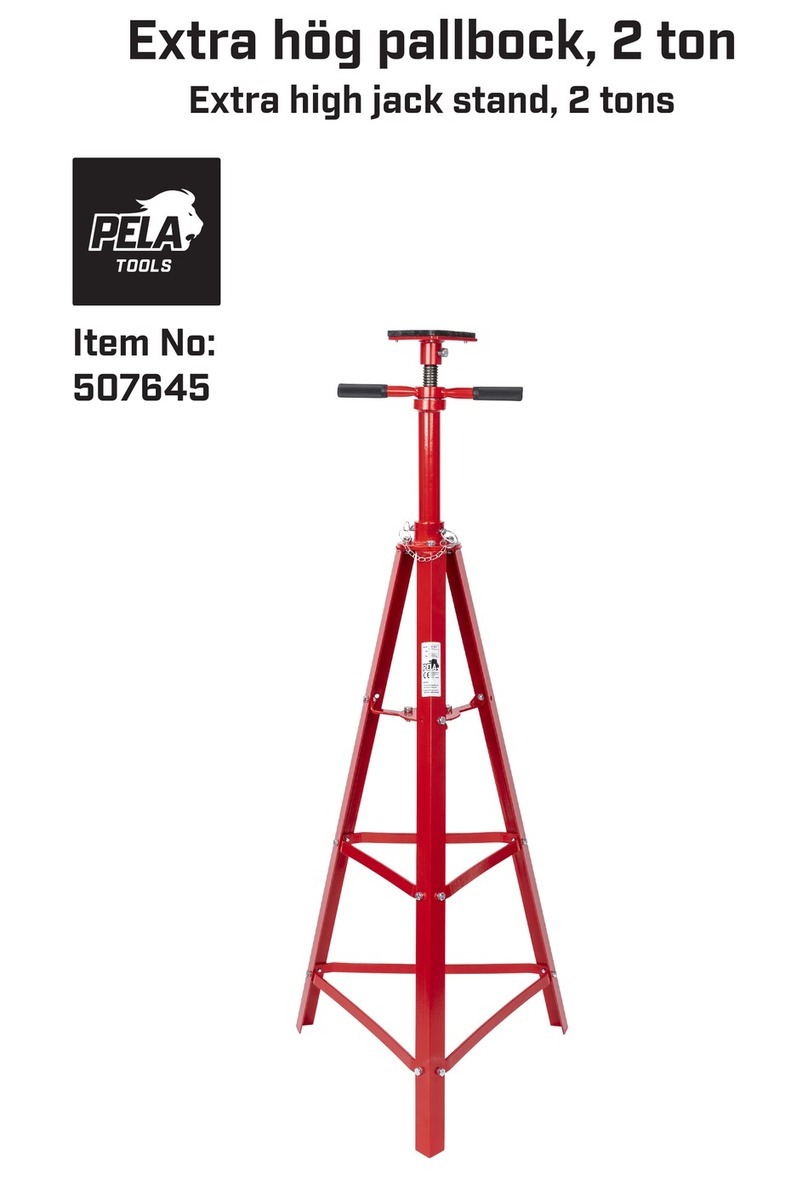
2
CONTENT
1 DEFINITION........................................................................................................................3
2 DEVICE PURPOSE ............................................................................................................3
3 SECURITY PRICIPLES.......................................................................................................4
3.1 SECURITY PRINCIPLES OVERVIEW .............................................................................4
3.2. SECURITY PRINCIPLES................................................................................................4
3.2.1 Prior to use....................................................................................................................4
3.2.2 When in use ..................................................................................................................4
3.2.3 Risk analysis .................................................................................................................5
3.2.4 Maintenance..................................................................................................................5
4 PACKING, STORAGE AND HANDLING .............................................................................5
4.1 PACKING.........................................................................................................................5
4.2 STORAGE........................................................................................................................5
4.3 HANDLING.......................................................................................................................6
5 MAIN SPECIFICATIONS.....................................................................................................6
5.1 MECHANICAL DEVICE....................................................................................................6
5.2. MATERIAL AND FINISH .................................................................................................7
5.3 DATA ON THE PRODUCT...............................................................................................7
6 JACK OPERATION .............................................................................................................7
6.1 JACK OPERATION INSTRUCTIONS...............................................................................8
6.2 REST ADJUSTMENT.......................................................................................................8
6.3 RATCHET CRANK OPERATION .....................................................................................8
6.3.1 Raising or lowering........................................................................................................8
6.3.2 Ratchet crank-lever .......................................................................................................9
6.4. BEARING SURFACE CHECK -UP..................................................................................9
6.5 TEST PRIOR TO USE....................................................................................................10
7 OPERATION.....................................................................................................................10
7.1 APPLICATION OF THE JACK........................................................................................10
7.2 SAFETY WORK ENVIRONMENT ..................................................................................10
8 CHECK-UP ON THE JACK...............................................................................................11
8.1 INSPECTION .................................................................................................................11
8.1.1 Inspection types ..........................................................................................................11
8.1.2 Daily inspection ...........................................................................................................11
8.1.3 Regular inspection.......................................................................................................11
8.1.4 Jack occasionally used................................................................................................11
8.1.5 Report on inspection....................................................................................................11
8.2 INSPECTION PROCEDURE..........................................................................................12
9 TROUBLE-SHOOTING .....................................................................................................13
10 GRASING........................................................................................................................13
10.1 GENERALLY................................................................................................................13
10.2 JACK MECHANISM .....................................................................................................13
11 MAINTENANCE ..............................................................................................................13
11.1 SECURITY PRINCIPLES .............................................................................................13
11.2 REPLACEMENT OF BRAKE INSERTS AND BRAKE ADJUSTING ............................14
11.2.1 Brake disassembly (fig. 6) ........................................................................................14
11.2.2 Brake assembly and adjusting (fig. 6 and 7) .............................................................14
11.3 GENERAL INSTRUCTION...........................................................................................14
11.4 CHECK UP...................................................................................................................15
11.5 REPAIR........................................................................................................................15
11.6 TEST............................................................................................................................15
12 PUTTING OUT OF OPERASTION – LIQUIDATION .......................................................15
13 RELATED DOCUMENTATION .......................................................................................15
14 FINAL REQUIREMENTS OF THE PRODUCER TO THE CUSTOMER ..........................15
EC DECLARATION OF CONFORMITY ...............................................................................16
















